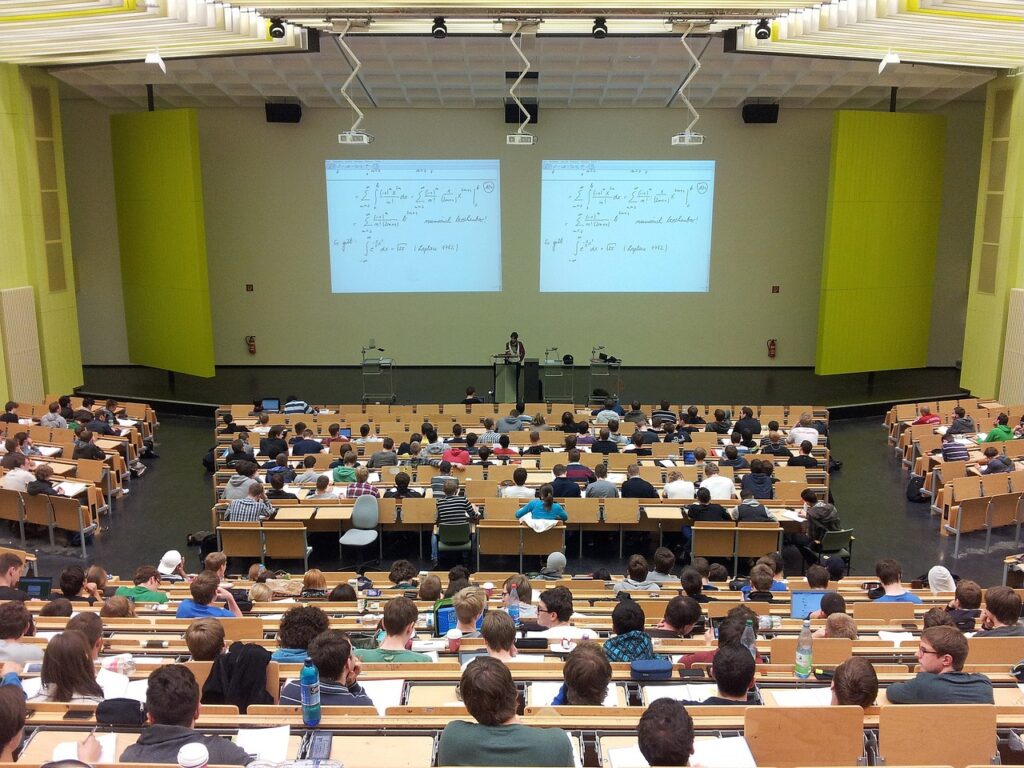
PTSD is on the rise among American college students.
According to a JAMA (Journal of the American Medical Association) study released last month and reported by the New York Times, post-traumatic stress disorder cases among college students more than doubled between 2017 and 2022, most sharply as COVID shut down campuses and upended lives.
In a five-year span beginning in 2017, the prevalence of PTSD among the nearly 400,000 students surveyed increased by 4.1%, from 3.4% to 7.5%.
The numbers, says the JAMA, show that increasing mental-health issues among college students are due in part to COVID-related stressors like a loved one’s death from the illness; shuttered campuses and social isolation; school shootings; and racial tension, among others, and should be addressed by mental-health providers and even legislators.
“PTSD and ASD (acute stress disorder) can severely impair college students’ academic and social functioning,” the study notes. “These disorders have also been associated with long-term health issues. The broader societal implications … are profound, including reduced workforce productivity and increased health-care and economic burdens …
“Understanding these trends is crucial for the development of targeted, trauma-informed intervention strategies to address the urgent needs of this population during a critical developmental stage.”
PTSD is a mental-health condition that most commonly occurs after a terrifying or shocking event or situation that a person sees or that happens to them, often with a sense that their life is in danger, according to the Mayo Clinic. Symptoms can include flashbacks, nightmares and severe anxiety, as well as uncontrollable thoughts that last more than a month after the triggering event.
The disorder has been most associated with veterans who’ve served in war and mentally still find themselves on the battlefield months or years later.
About six out of every 100 people – or 6% of the country’s population – will have PTSD at some point in their lives, according to the U.S. Department of Veterans Affairs, a number that includes those who are successfully treated. Per year, about five in every 100 people will experience the disorder; in 2020, the height of COVID, about 13 million Americans were affected.
College in general can also impact PTSD occurrence, according to the National Library of Medicine. It explains that exposure to potentially traumatic events is common in young adults, peaking sharply between the ages of 16 and 20, the college years.
That conclusion is not new. As far back as 2019, the American College Health Association reported that 63% of college students in the U.S. felt overwhelming anxiety in the previous year and 23% were treated for it.
And as seen in the JAMA numbers, COVID magnified that.
“These findings suggest the need for targeted, trauma-informed prevention and intervention strategies by mental-health professionals and policy makers to support the affected student population,” the JAMA concludes.
Institutions of higher learning are taking notice.
“Whatever the cause, colleges are responding by increasing mental-health resources for students in need, as well as providing more programs aimed at prevention,” Michael Nietzel, president emeritus of Missouri State University, told Forbes.
For help with PTSD, call the National Alliance on Mental Illness at (800) 950-NAMI. For emergency help, call or text 988.









